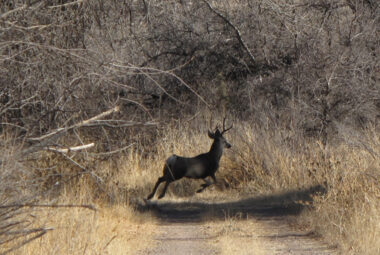Karen Gust Schollmeyer – “Hunting, Farming, and Human Impacts on the Prehistoric Southwestern Environment”

Humans have always influenced local plants and animals in the environment around their settlements. As settlements become larger and longer-lived, these impacts become more pronounced and can have positive, neutral, or negative consequences for the people who live there. In many times and places, people have wondered how to maintain access to important wild plants and animals as local human populations expanded, a situation that continues to concern people today. Archaeology can help us address this issue by providing long-term information on how plants and animals responded to different sorts of human activities over very long time scales, the choices past people made to adapt to these changes, and the consequences of those choices for continued access to important resources.
Permanent farming villages in the Southwest show interesting patterns in plant and animal remains. Some species thrived, maintaining or increasing their presence in the areas around villages. Others did not; large hoofed mammals in particular became less common over time in many areas. People in some locations were able to maintain higher levels of long-term access to these sensitive resources, while in other places access declined. Long-term access to different plants and animals was related partly to characteristics of the species themselves (like habitat needs and reproductive rates). Village location also played a large role, particularly locations in relation to productive habitat areas and to dense human populations. Understanding the factors influencing whether people lost, maintained, or increased their access to different plants and animals over long time spans in the past may help us plan our use of them in the future, including assessing ways to balance conservation with economic needs and social values.
 All Posts
All Posts